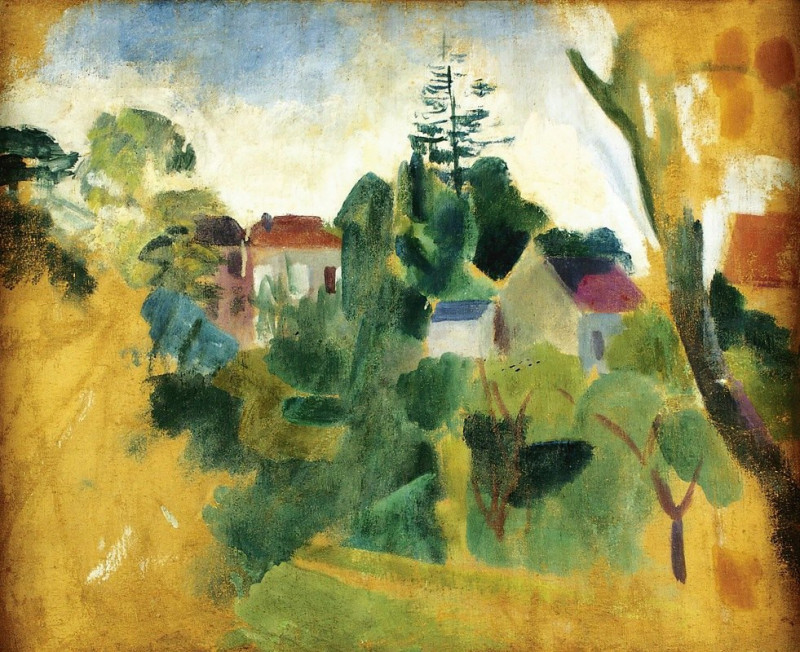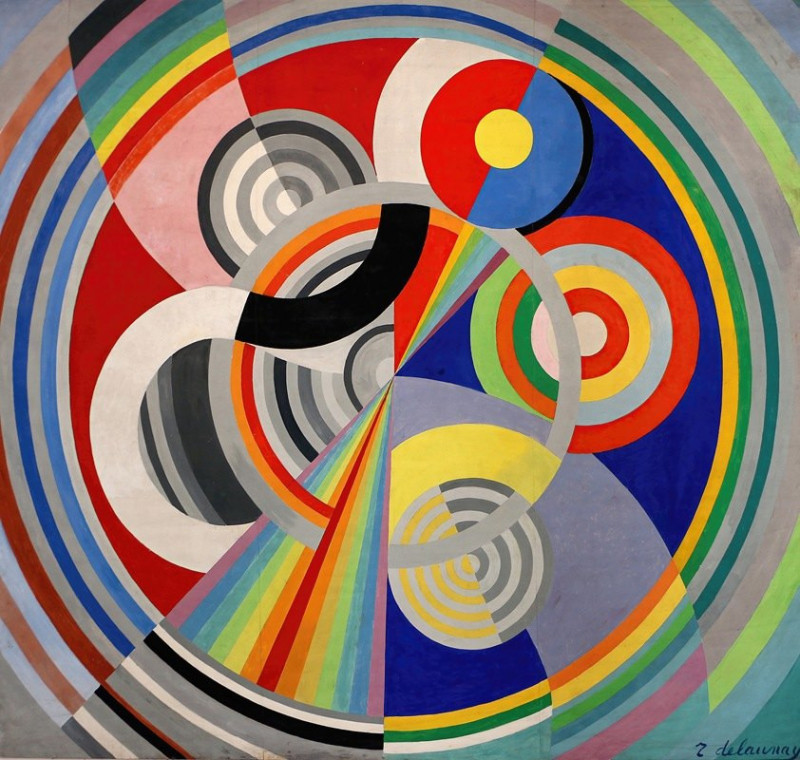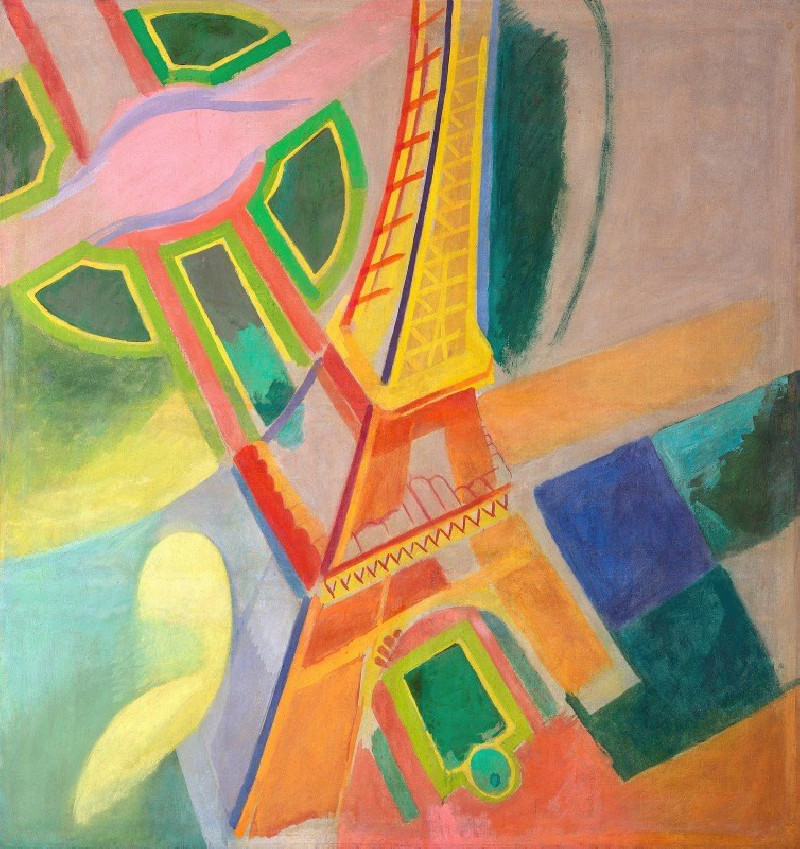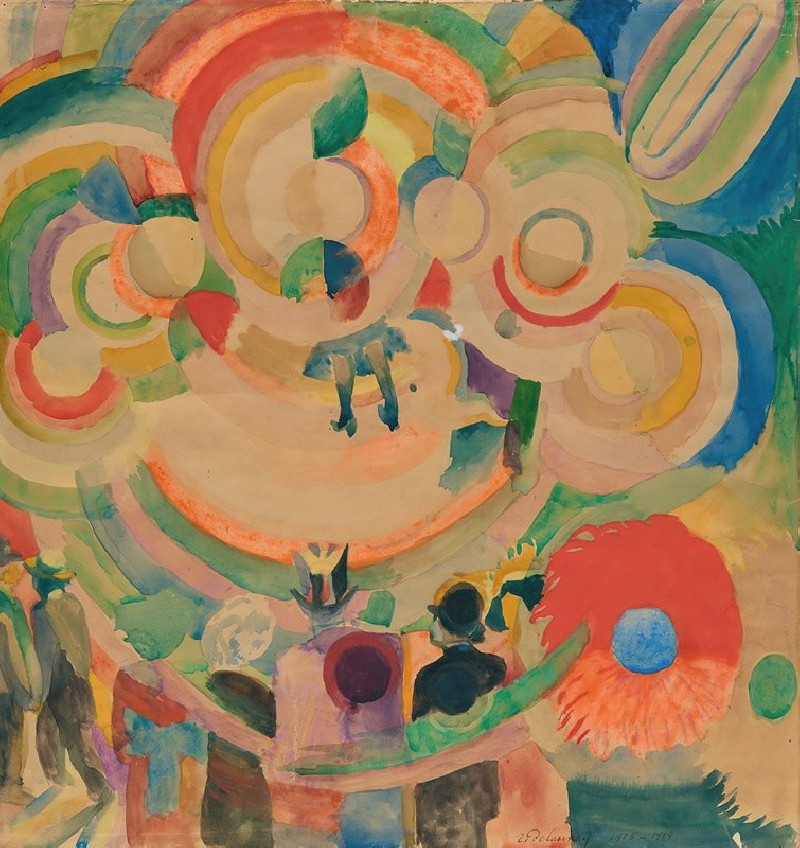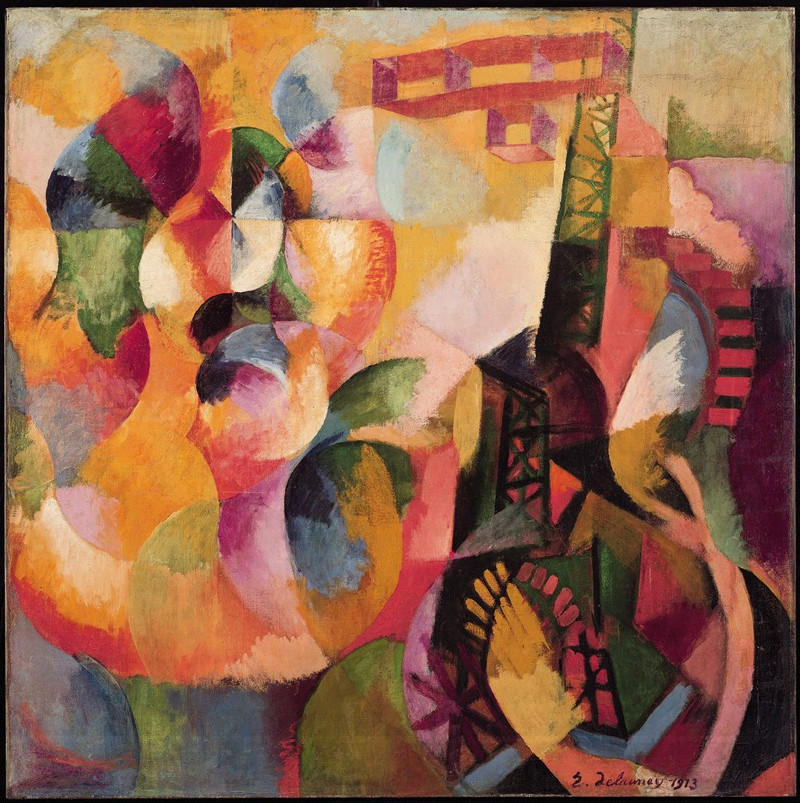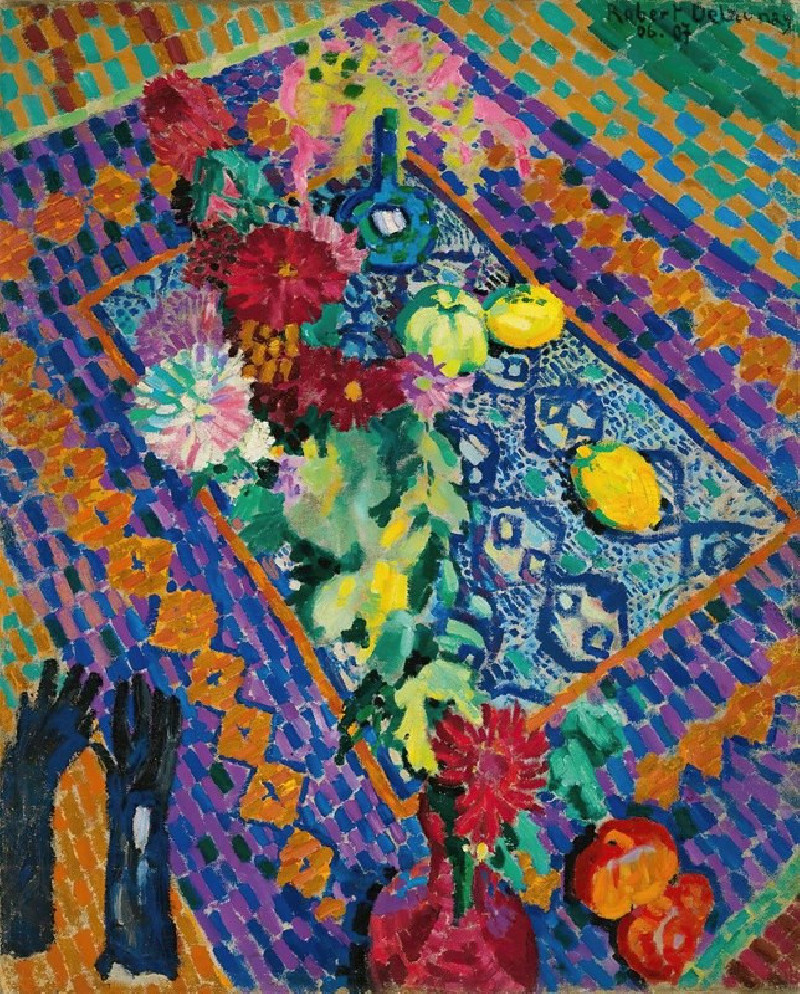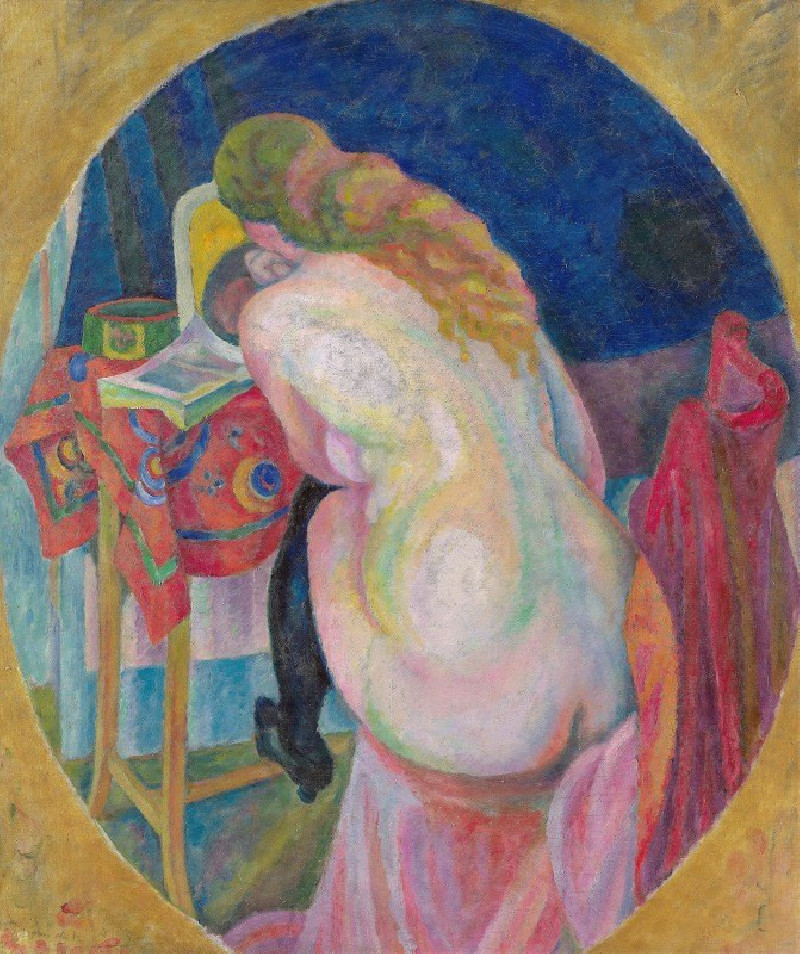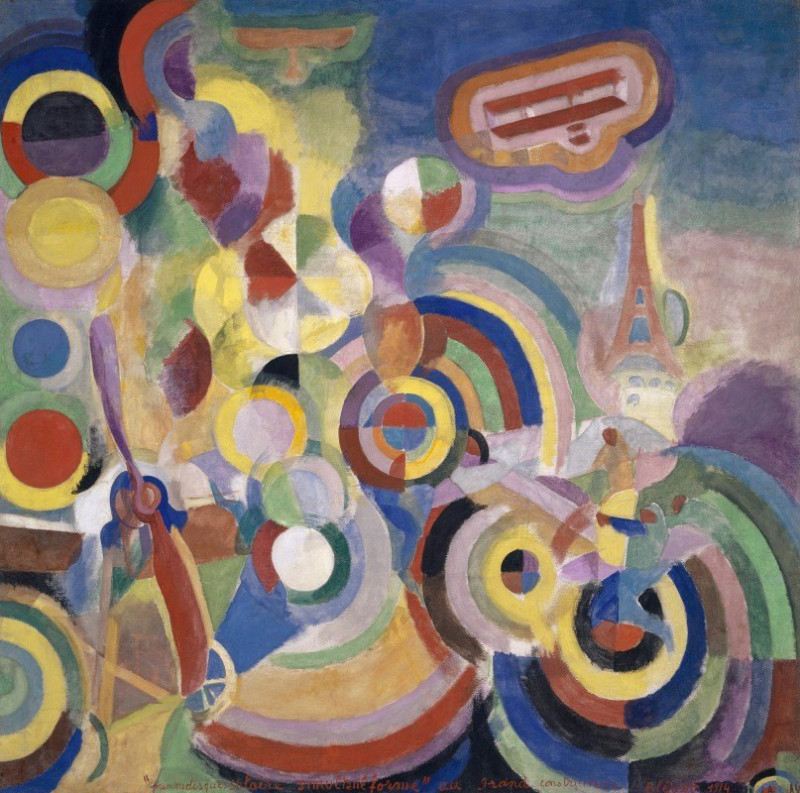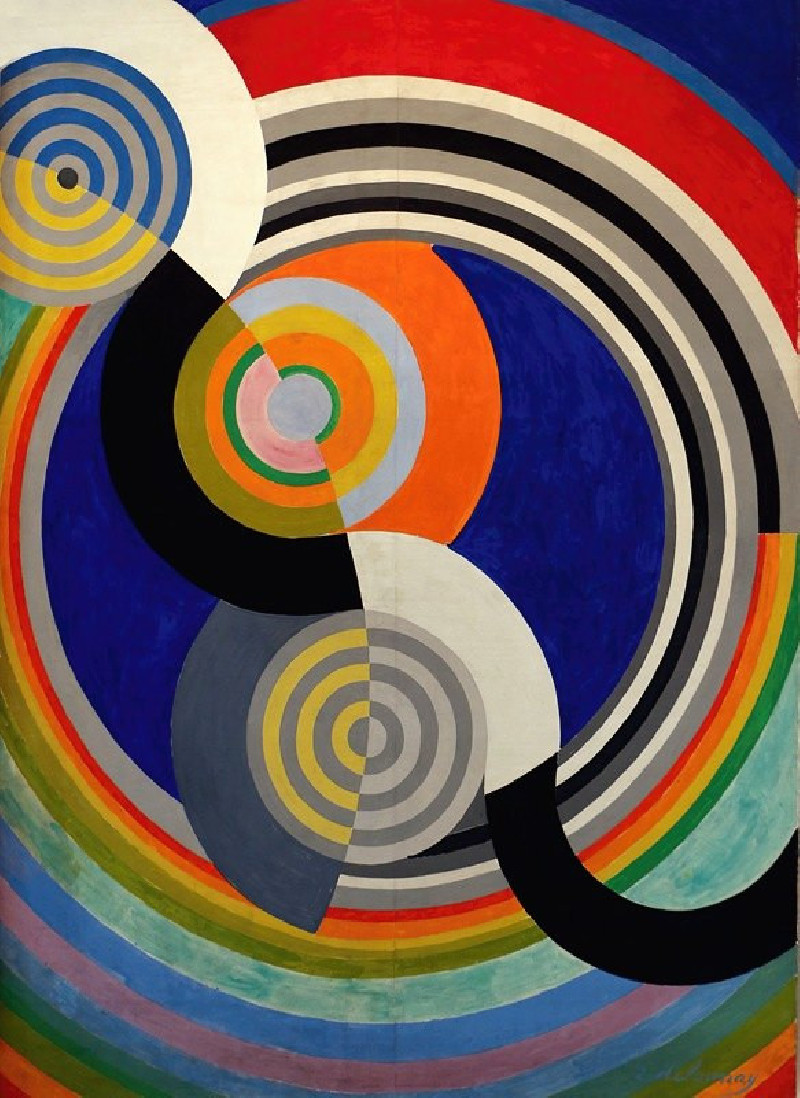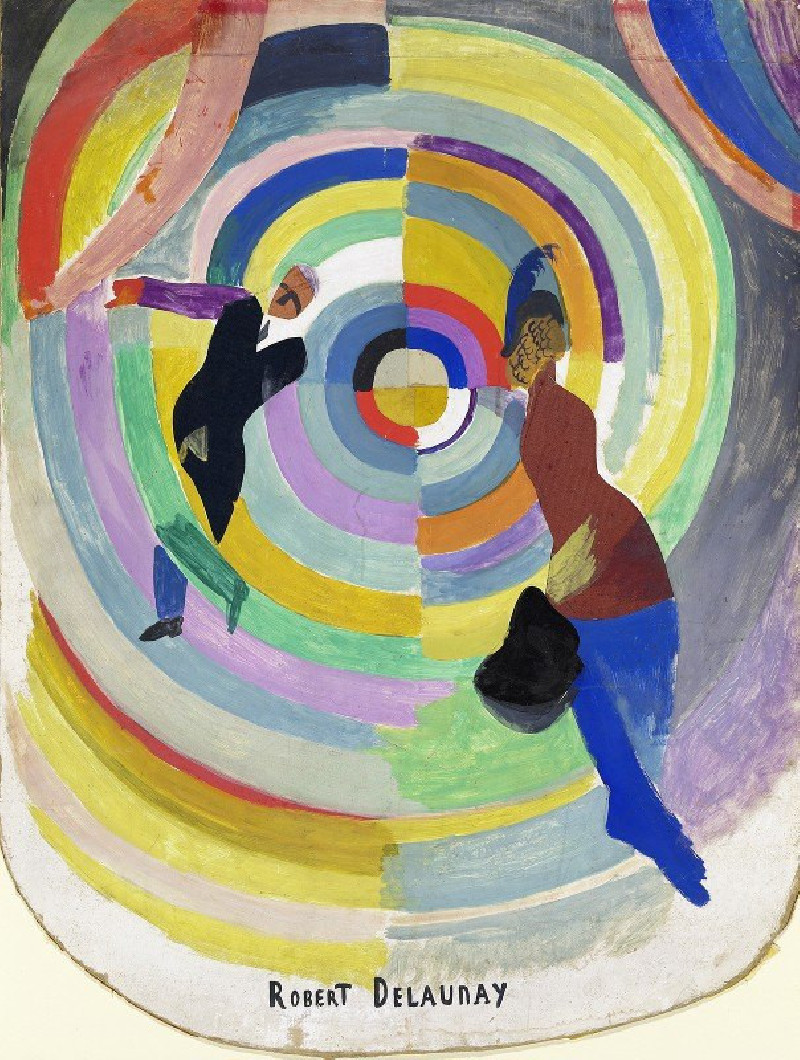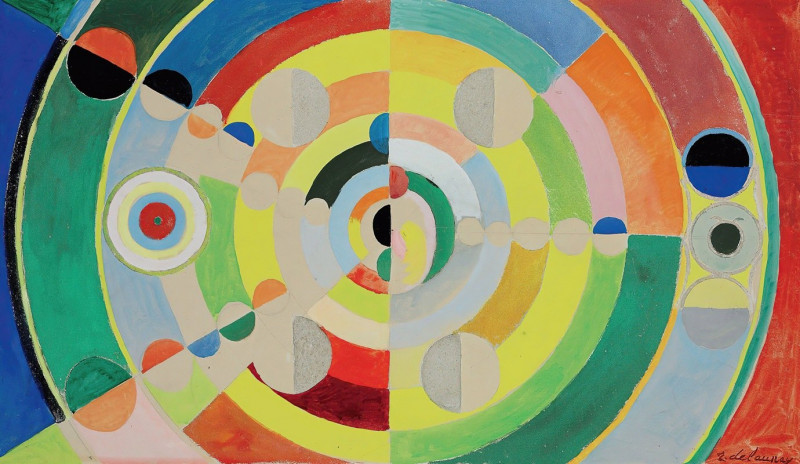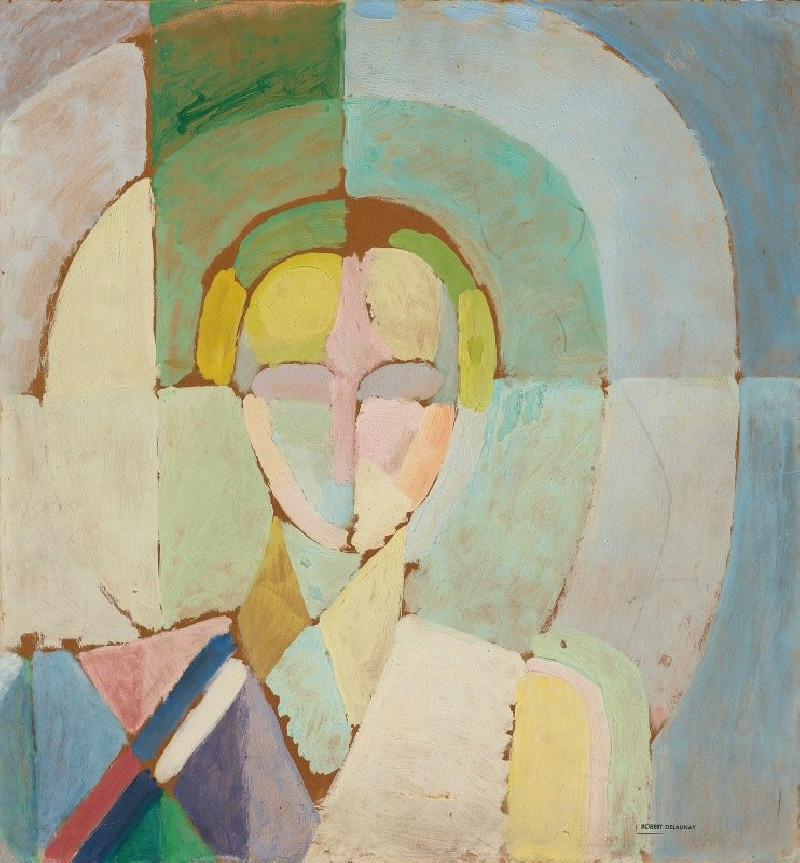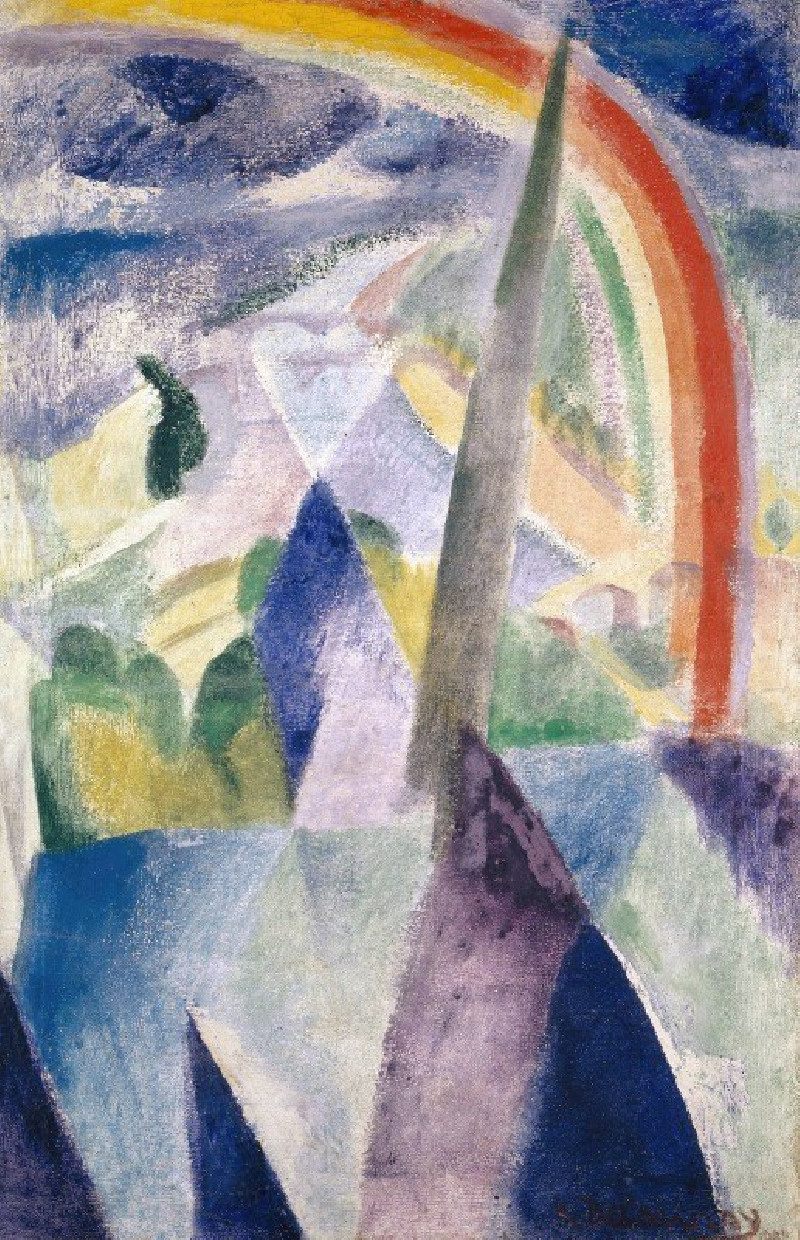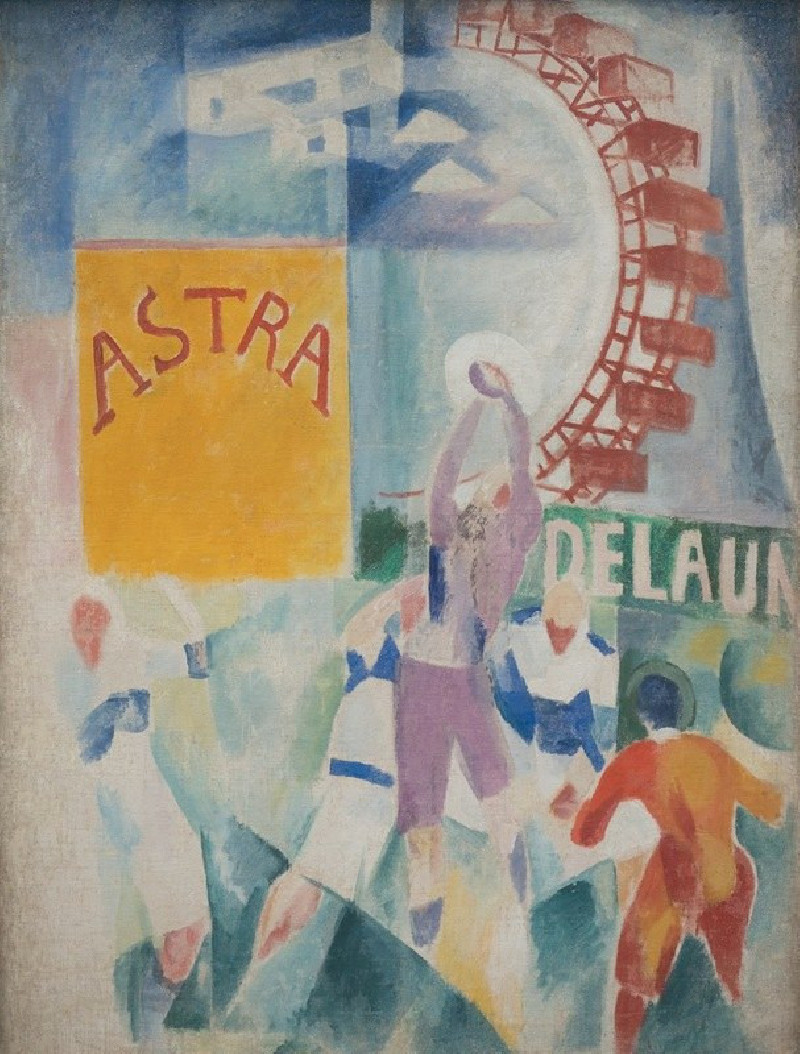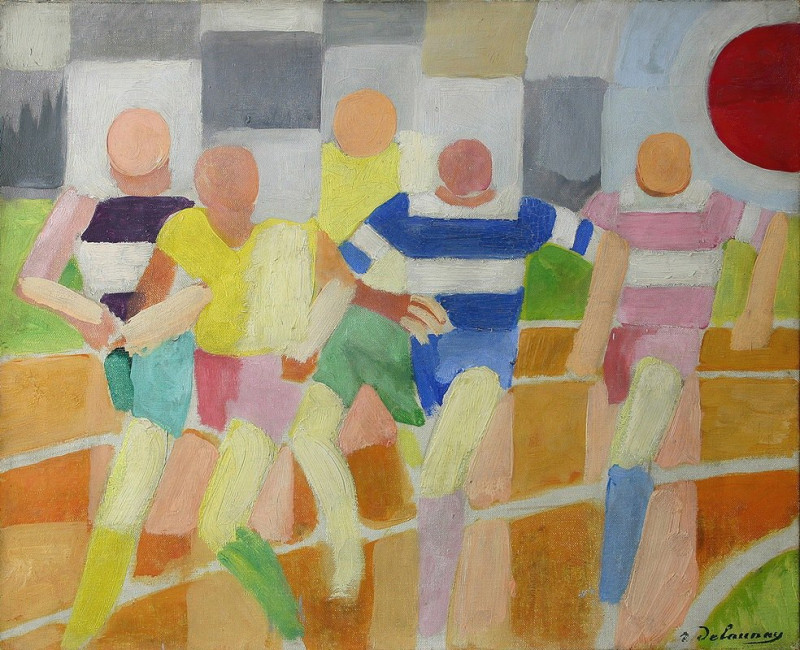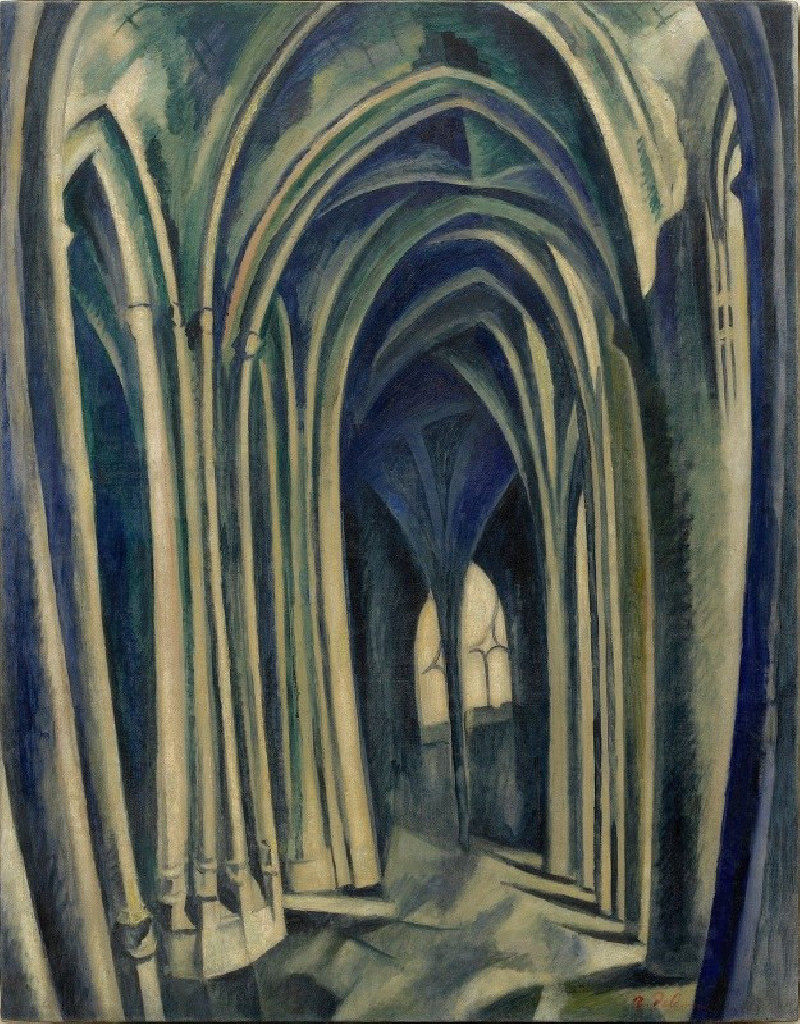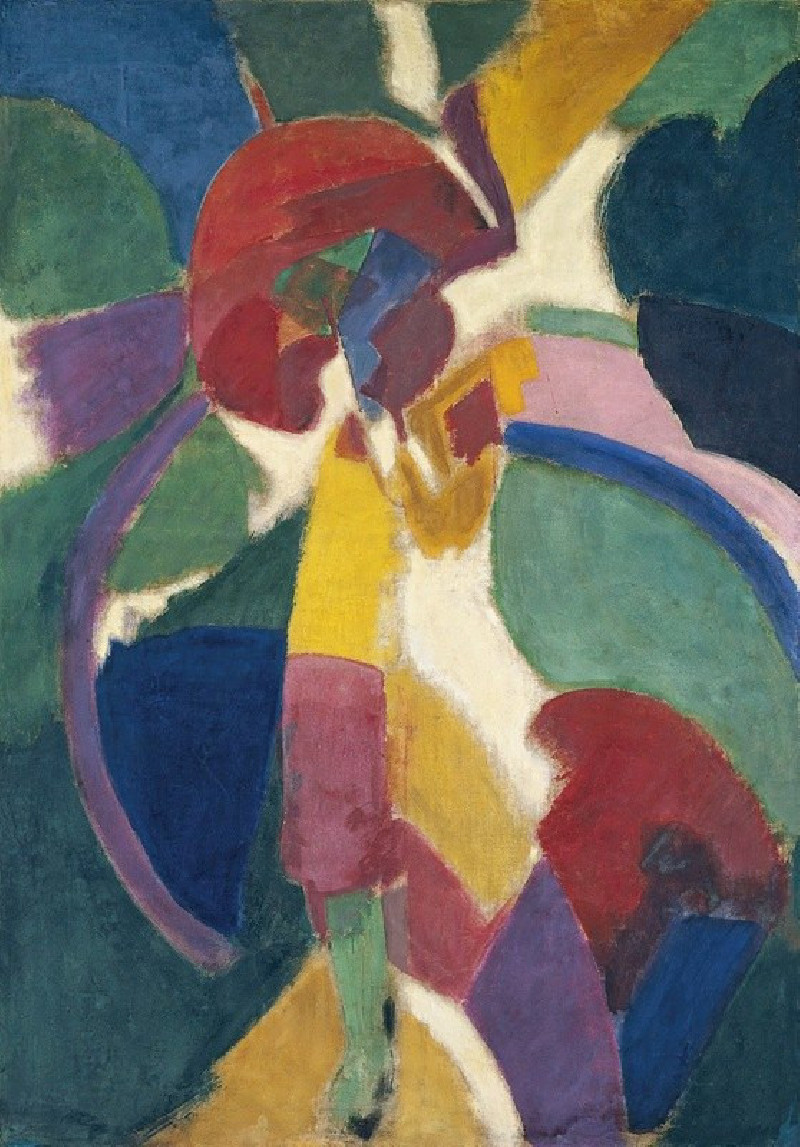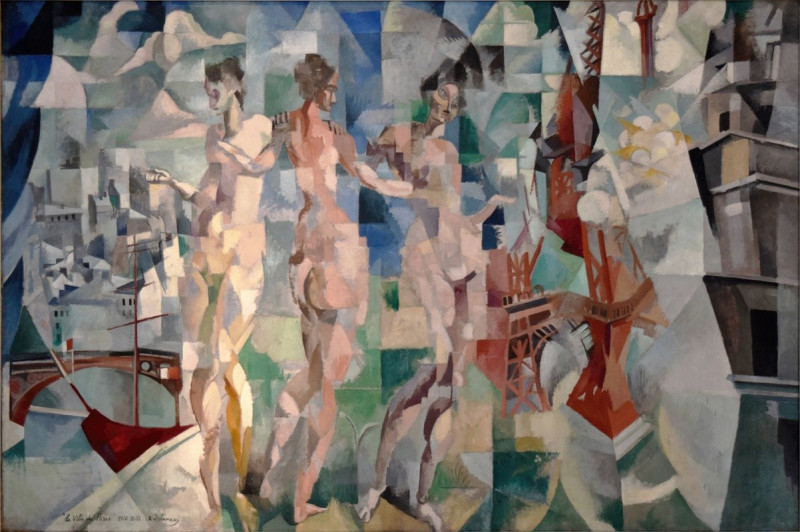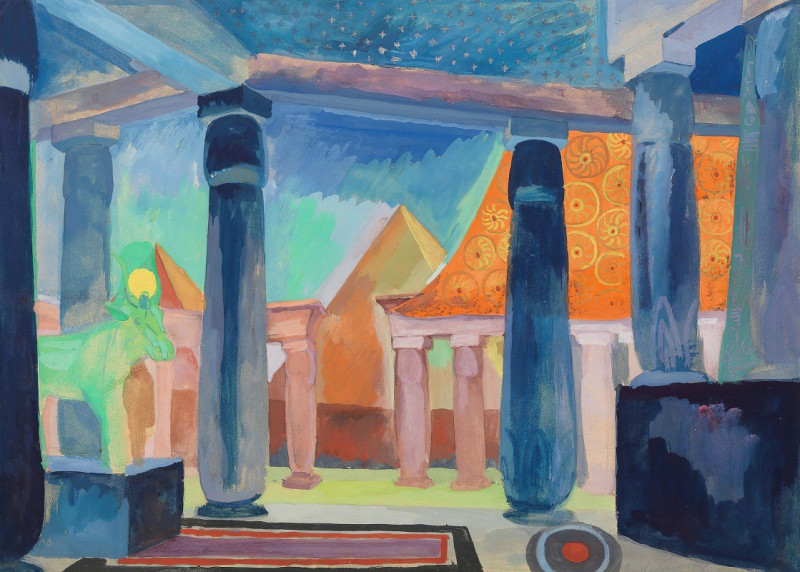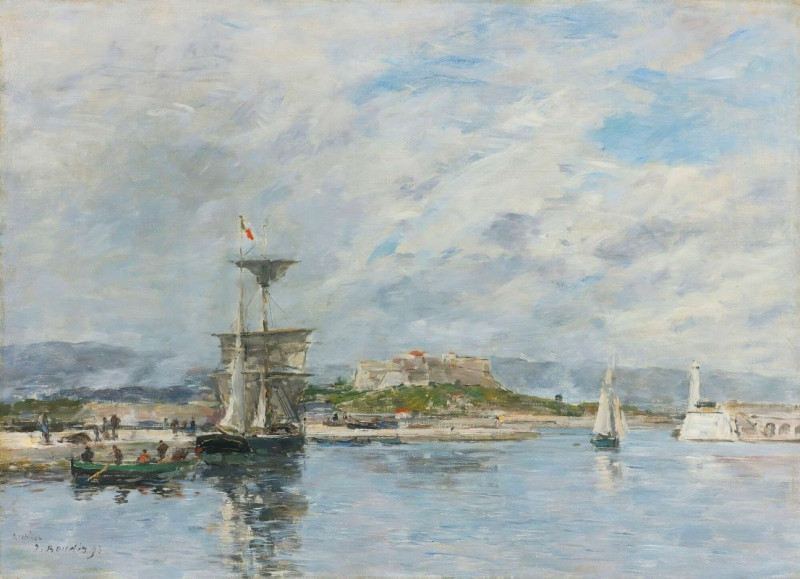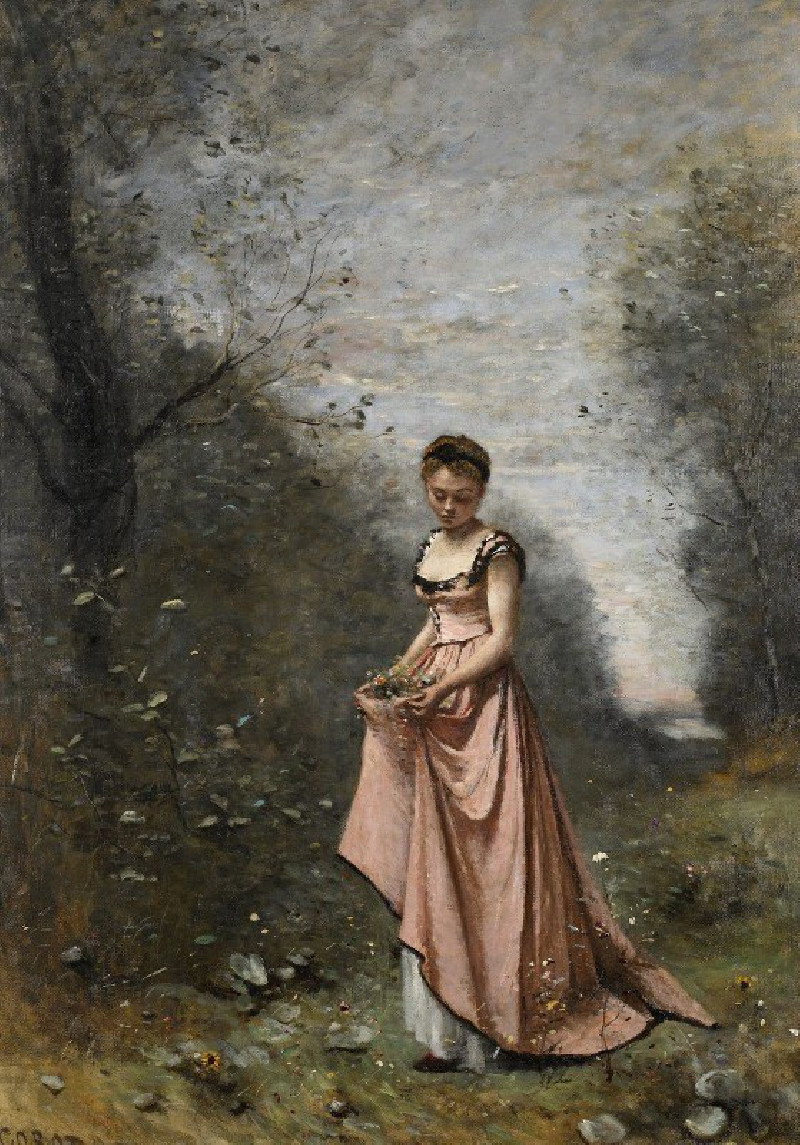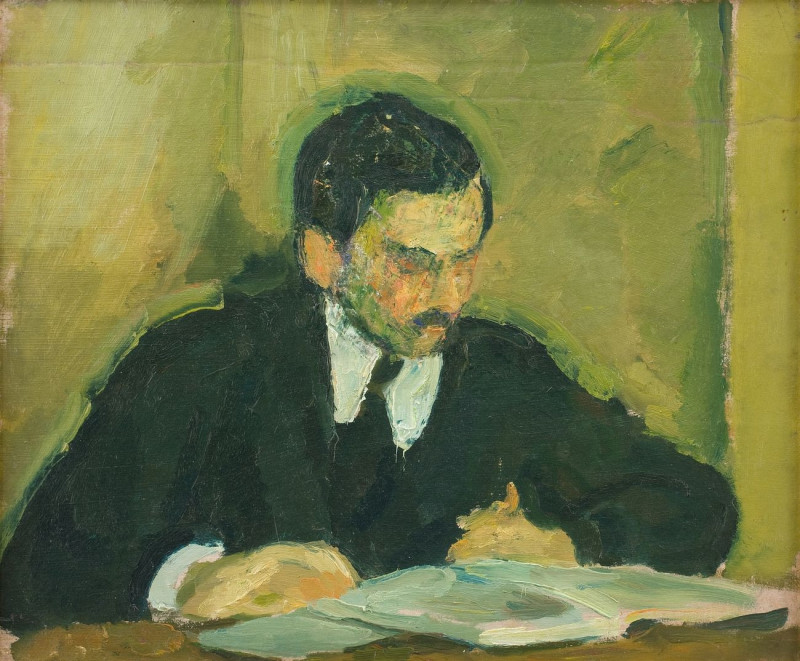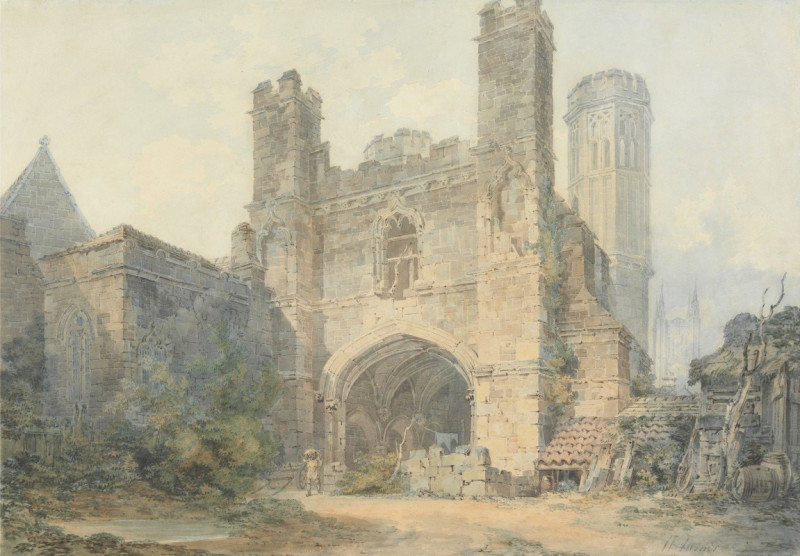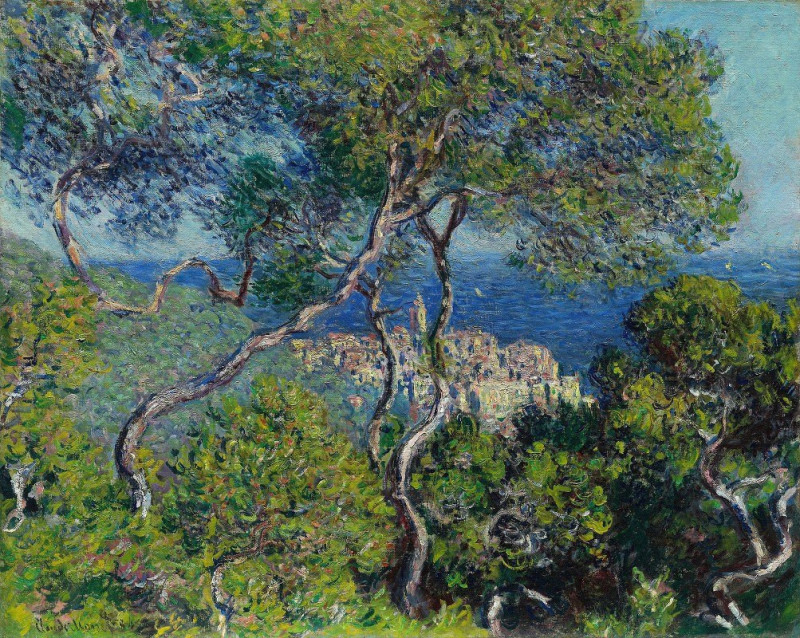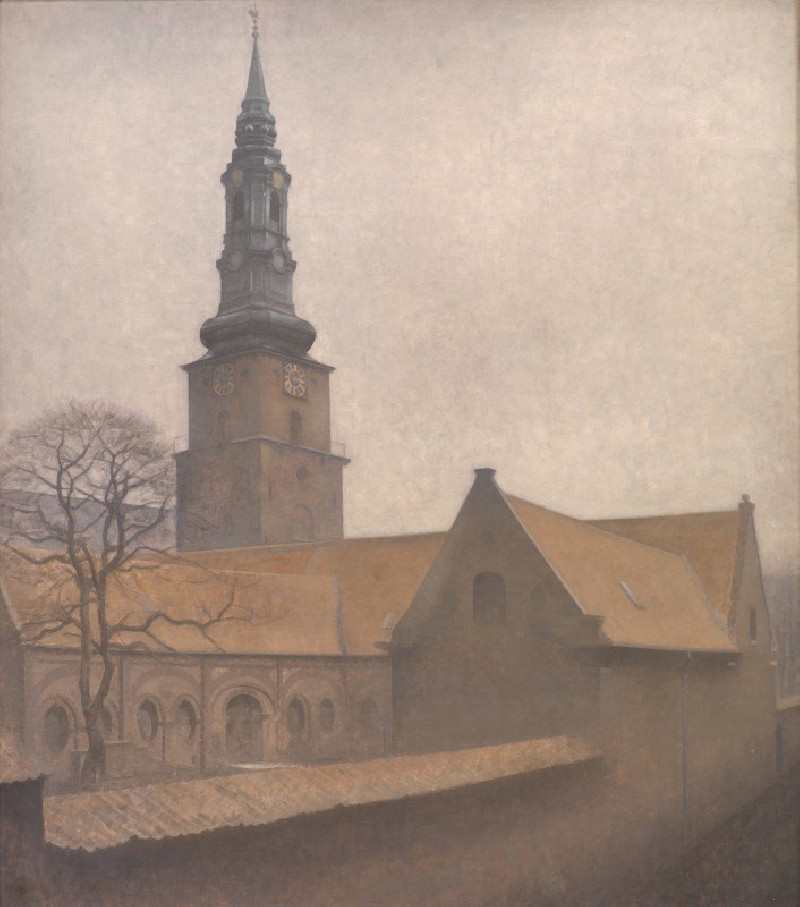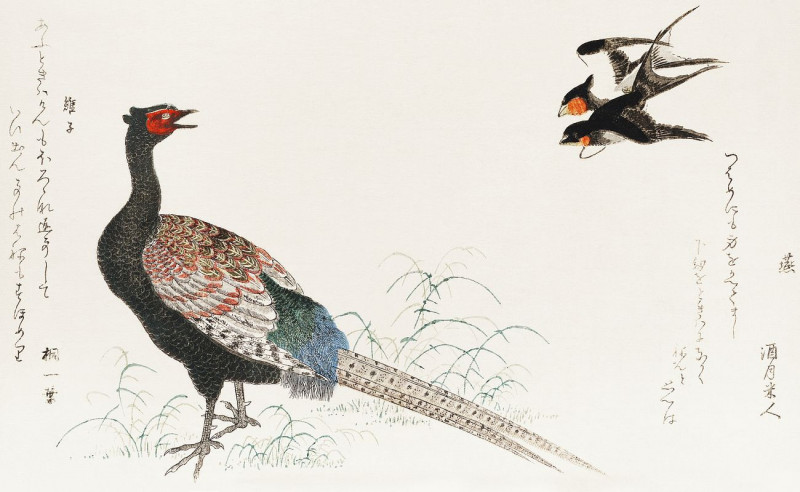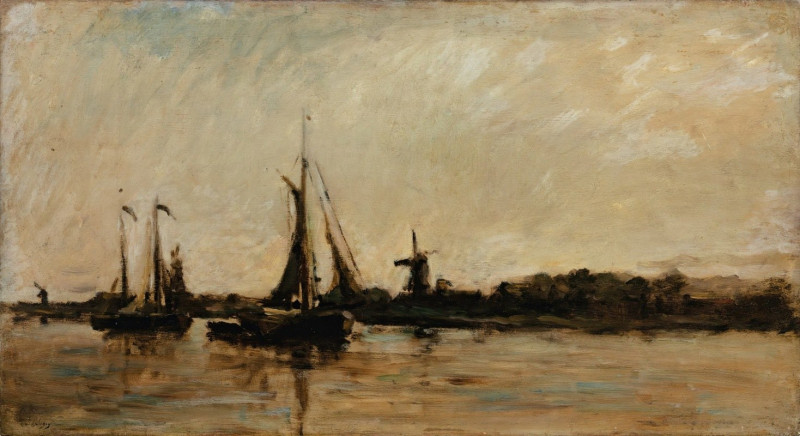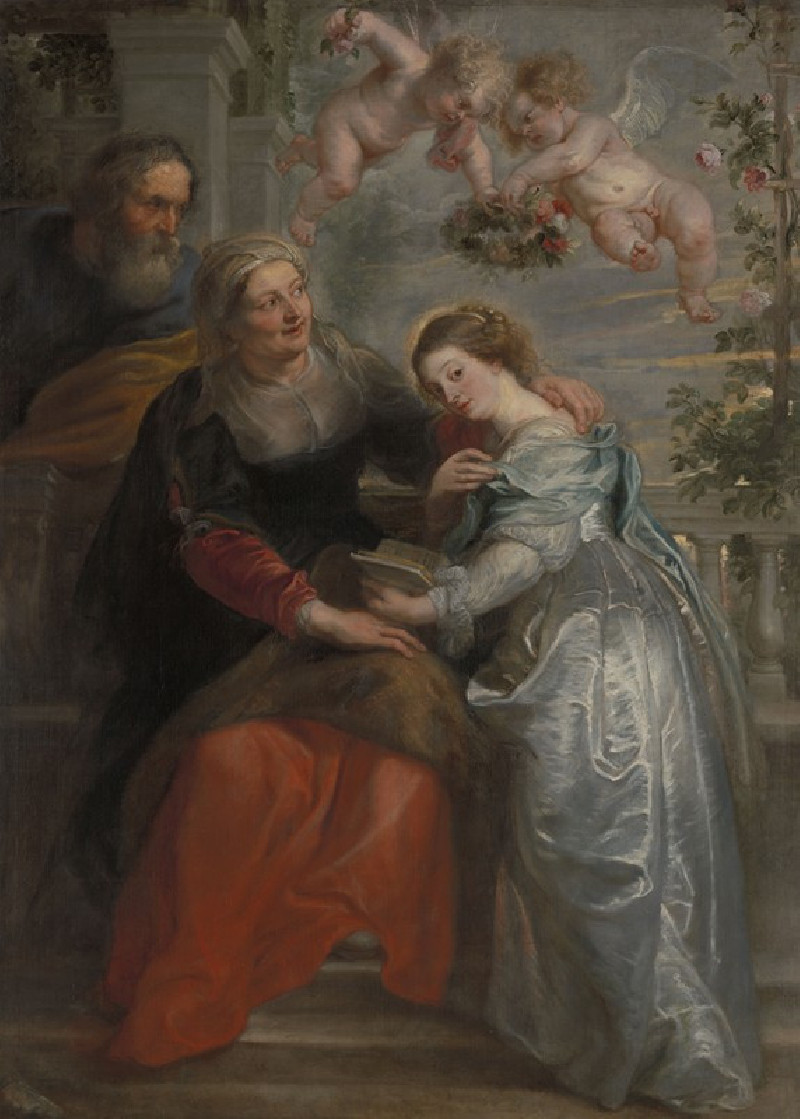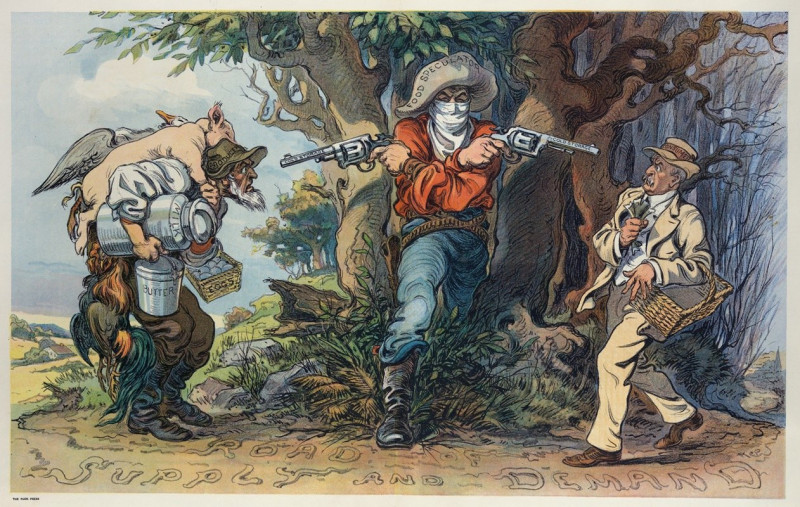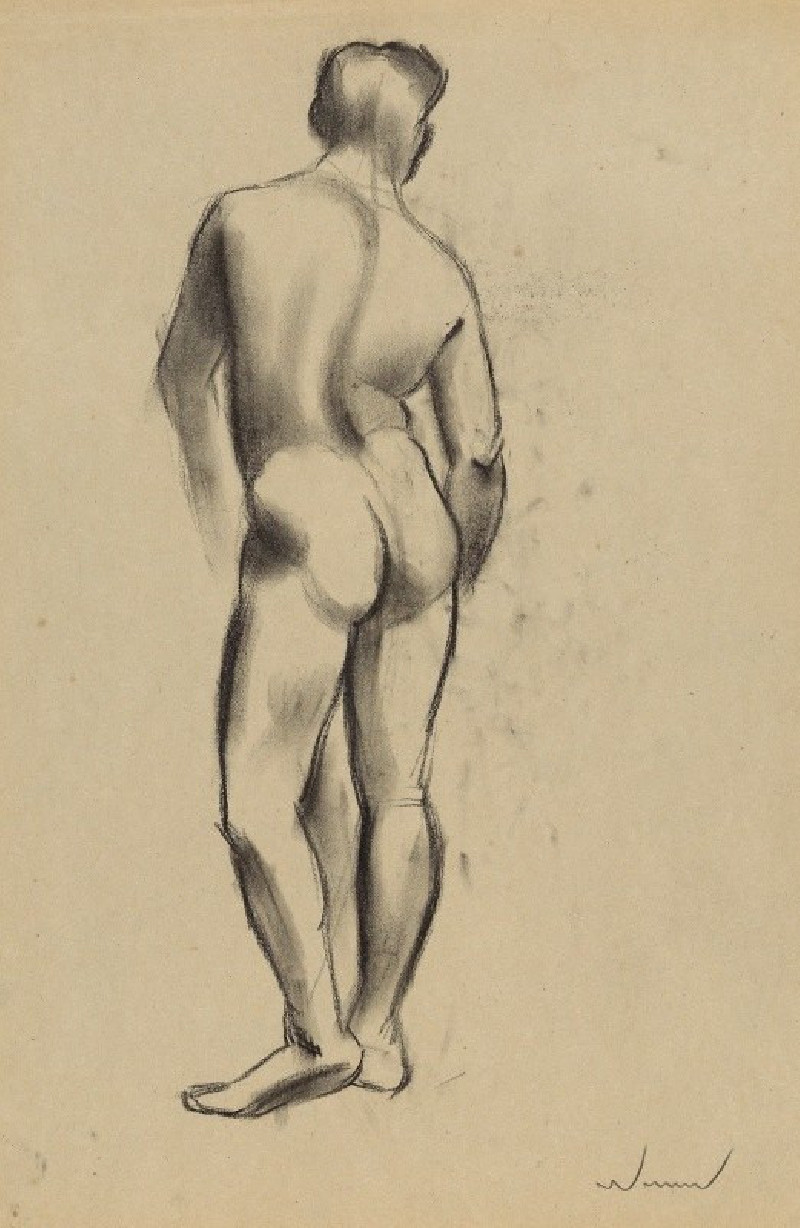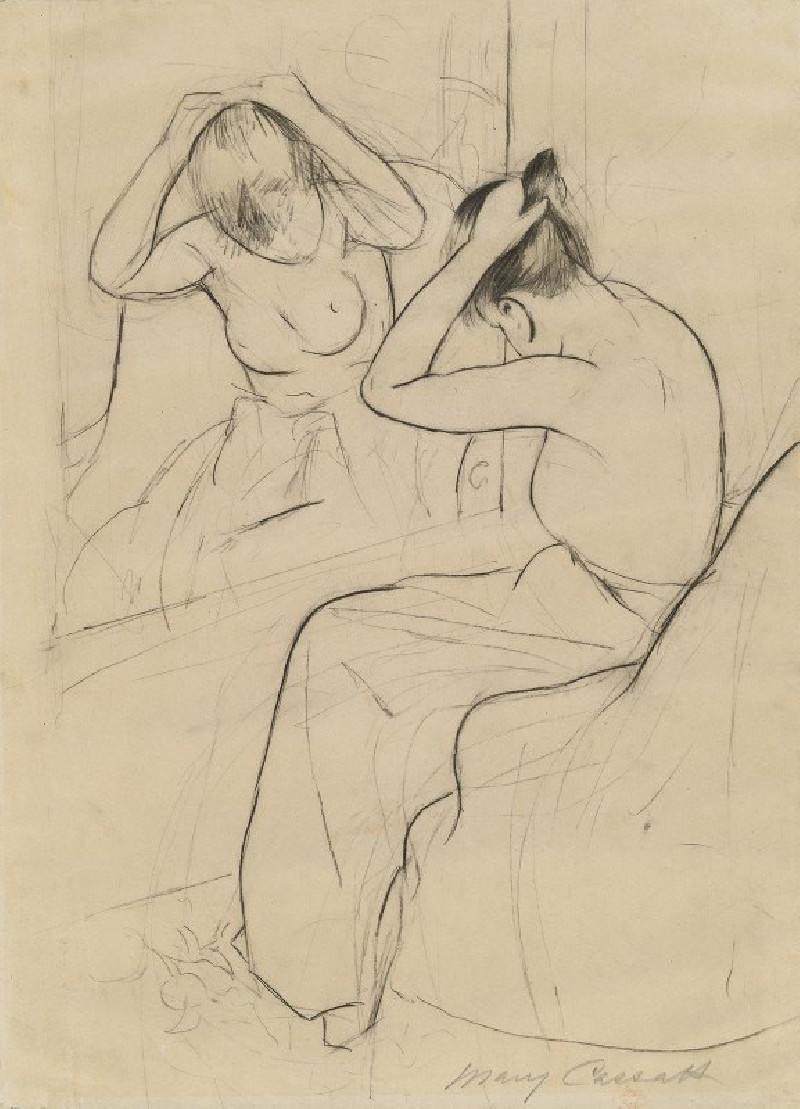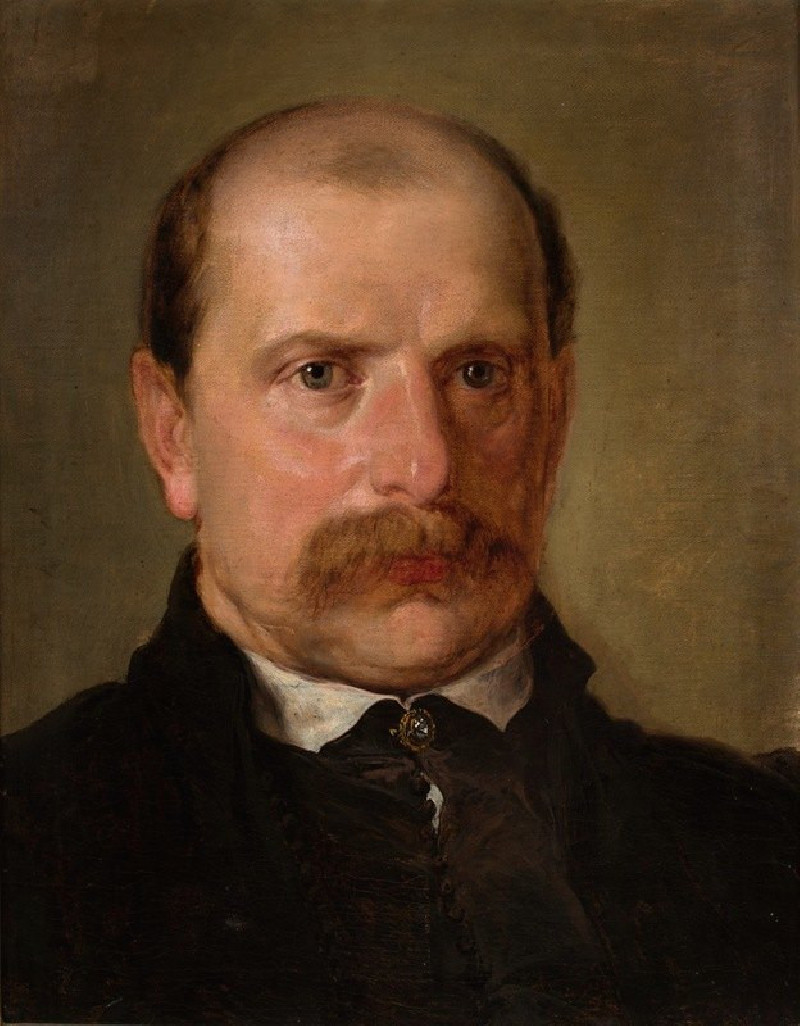Paysage Inachevé
Technique: Giclée quality print
Recommended by our customers
More about this artwork
Robert Delaunay's "Paysage Inachevé," which translates to "Unfinished Landscape," brilliantly exemplifies his mastery in blending color, texture, and form. In this enigmatic piece, Delaunay presents a rustic village scene bathed in a light that seems to shift and pulse across the canvas. The presence of green foliage, punctuated by vivid splashes of yellows and reds, mirrors the natural vibrancy of a rural locale.Delaunay's use of abstract elements and slightly blurred imagery gives the painting a dreamlike quality, inviting viewers to fill in the gaps of this ostensibly unfinished landscape with their interpretations. The central focus is a cluster of houses, surrounded by trees and underbrush, rendered with brushstrokes that suggest both motion and the ephemeral nature of light."Paysage Inachevé" fascinates with its sense of incompleteness, prompting a contemplation on the interplay between artist intent and viewer perception.
Delivery
Returns
Robert Delaunay was a French artist who, with his wife Sonia Delaunay and others, co-founded the Orphism art movement, noted for its use of strong colours and geometric shapes.
Robert was born on April 12, 1885, in Paris. In 1902, after secondary education, he apprenticed in a studio for theater sets in Belleville. In 1903 he started painting and by 1904 was exhibiting.

